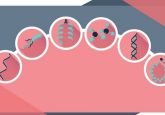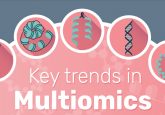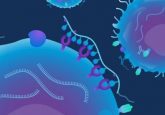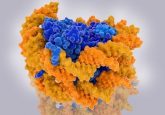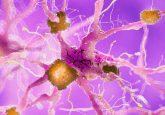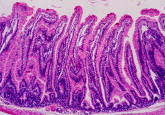Next-generation multiomics
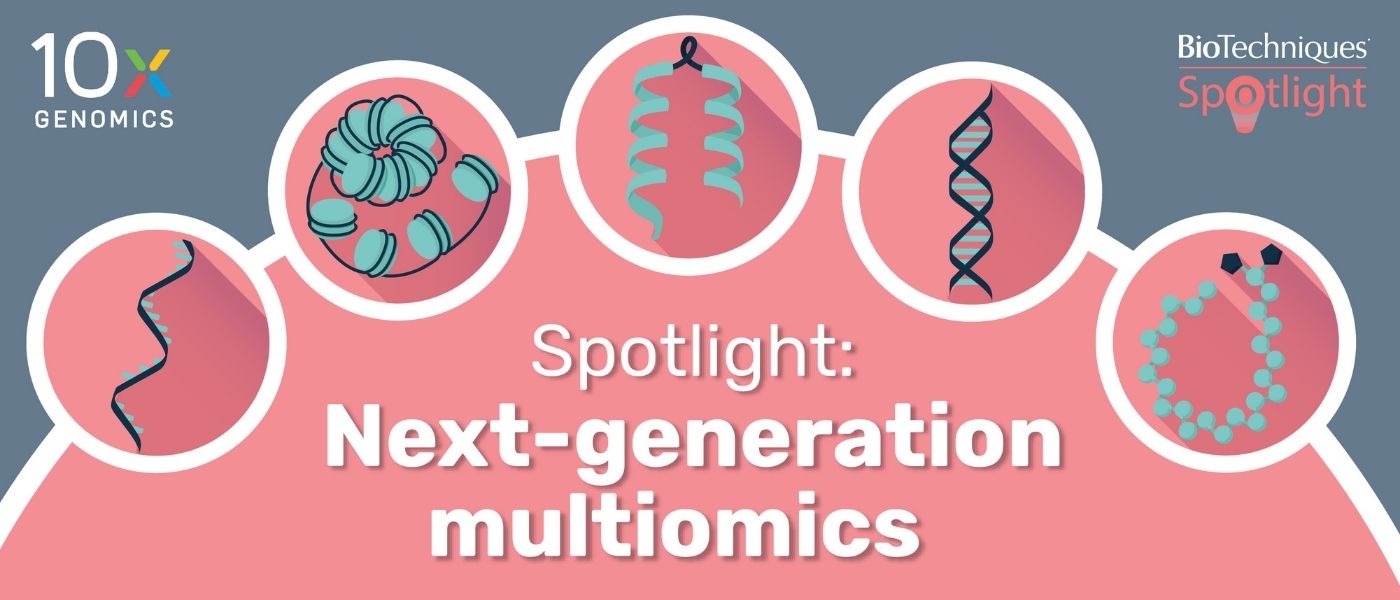
The integrative nature of multiomics provides a state-of-the-art tool for understanding the underlying biology of cells, diseases, and natural processes such as aging. As fields including epigenomics, transcriptomics, and proteomics have advanced, alongside the rapid development of numerous single cell and spatial techniques, researchers have been able to obtain a wide variety of information with a remarkable level of detail.
It is challenging, however, for researchers to obtain a complete picture from separate and unlinked measurements of different data types. Now, a growing number of methods enable the simultaneous measurements of different data types from a single sample for next-generation multiomic studies. Using these advanced approaches, a much deeper understanding of disease can be achieved, allowing for therapeutic development to be tailored to specific phenotypes and disease states.
In this Spotlight, we will explore:
- Recent technological developments that have improved multiomic studies
- The success of multiomic approaches in the study of different diseases
- Using multiomic studies to inform therapeutic development and improve clinical results
- The promise of next-generation multiomics, which enables the simultaneous detection of different data types from the same sample for deeper insights
